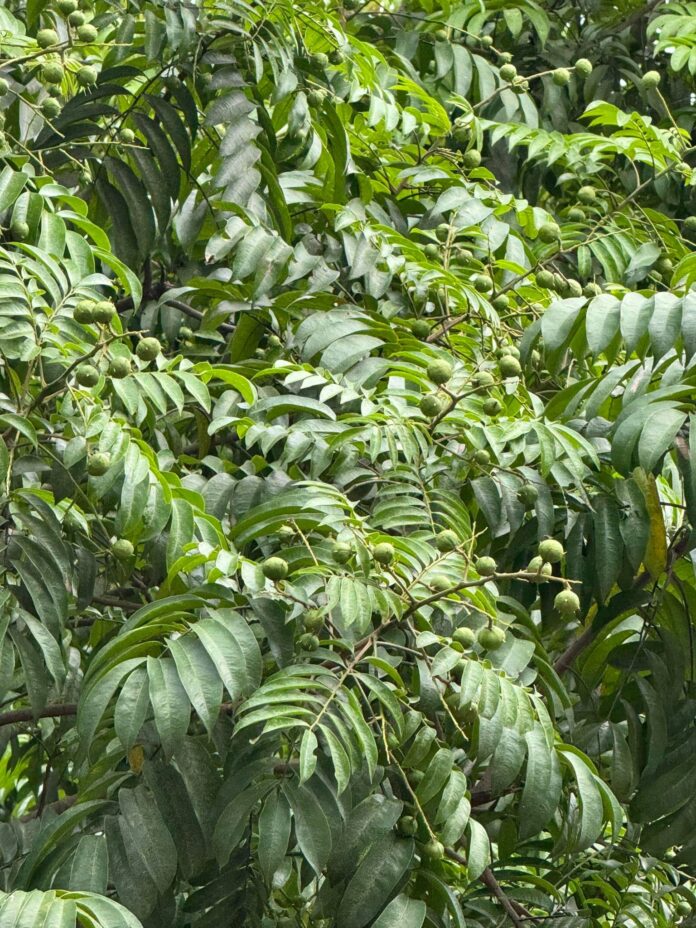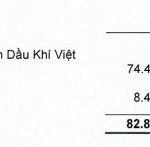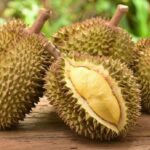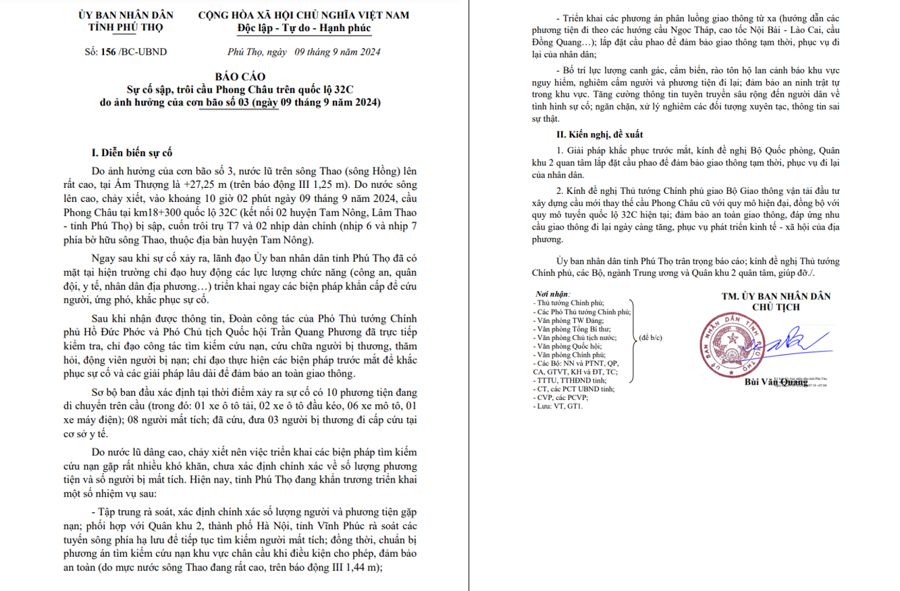You don’t have to be born and raised in Hanoi to know about sour fruit. But to understand the feeling of biting into something so sour and tangy that it numbs your teeth, and yet leaves you craving more—well, that’s a sensation that only true Hanoians are familiar with.
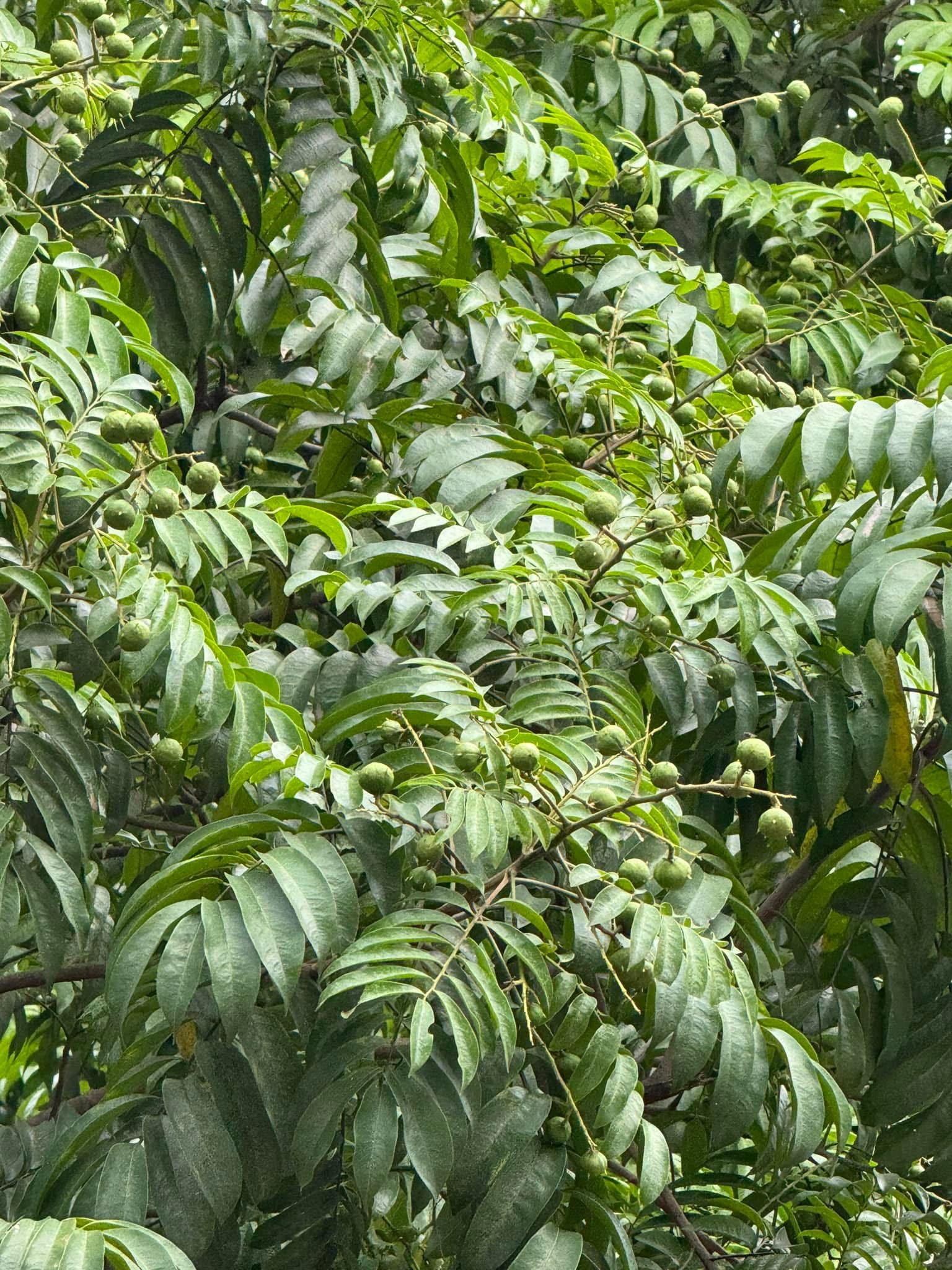
In the past, sour fruit was a favorite snack for middle and high school students. For just a few thousand dong, you could buy a bag of pickled sour fruit, and with a little salt, chili, and ginger, you had a tasty treat to enjoy all afternoon. This little fruit used to be the unofficial symbol of school gates, summer vacations, and a carefree time when we ate sour snacks without a care in the world.
Once a beloved snack of many generations, sour fruit is now undergoing a spectacular transformation as it appears on the menus of elegant restaurants and cafes in the heart of Hanoi’s Old Quarter.
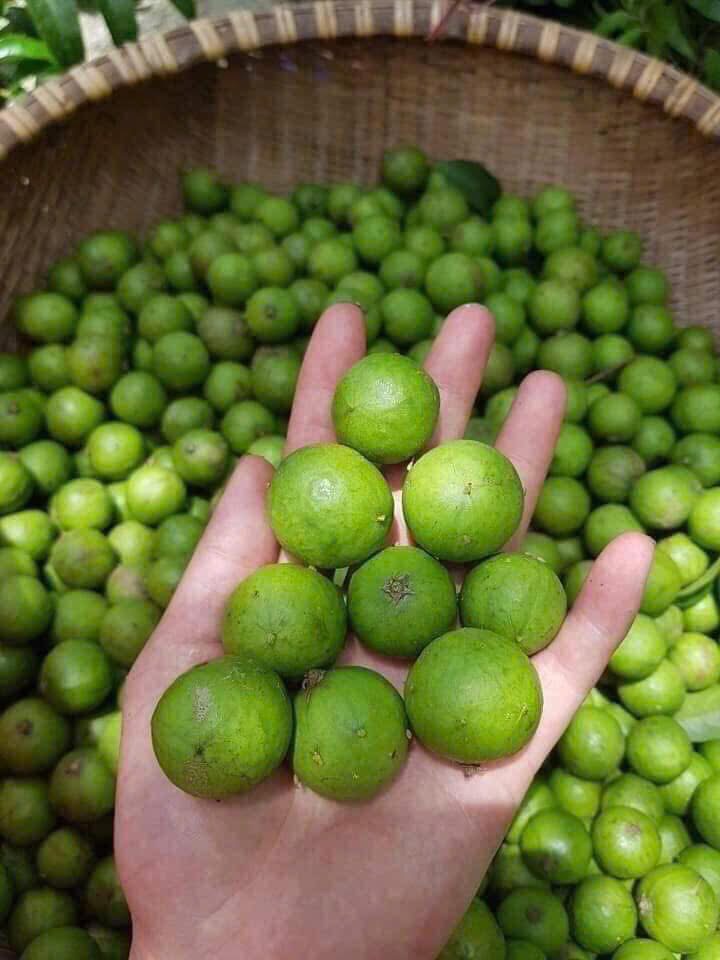
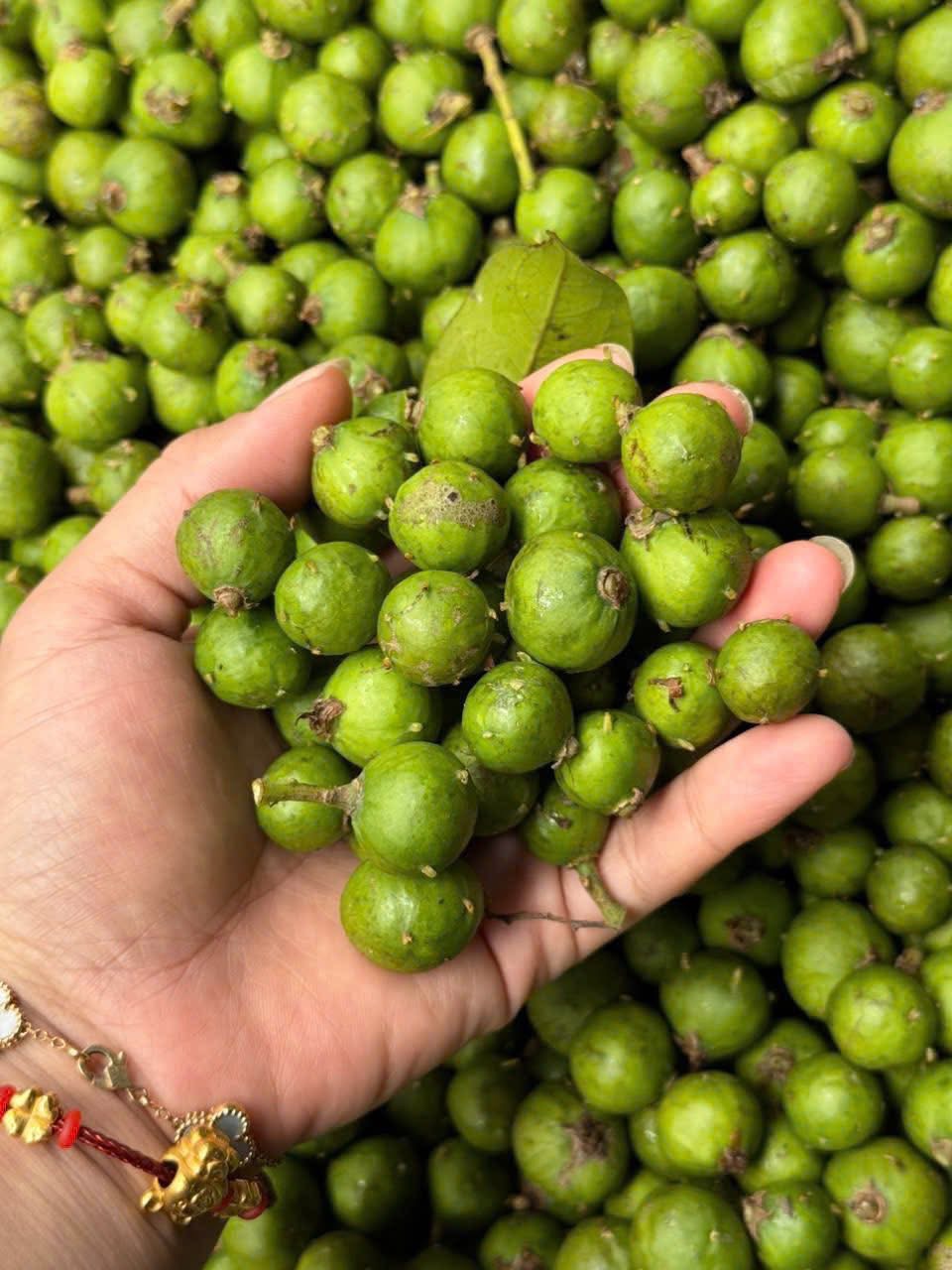

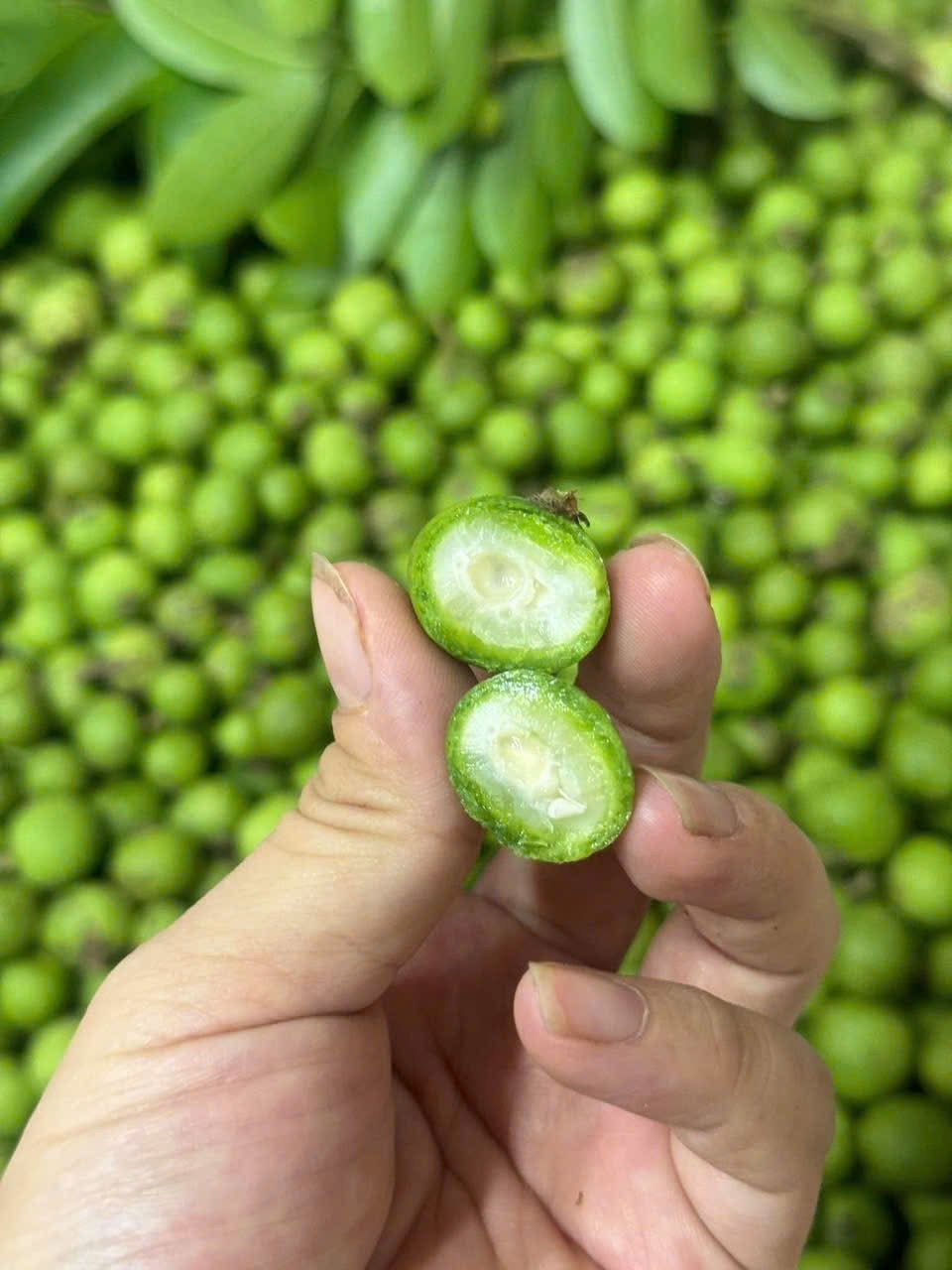
Now, as you wander through the Old Quarter, you’ll find that cold sour fruit drinks are a common feature on menus, from sidewalk cafes to boutique-style coffee shops. Surprisingly, it’s the foreign tourists who are particularly drawn to this seemingly rustic drink.
Many people who try sour fruit for the first time are amazed by its unique flavor. The tangy sweetness and distinctive aroma of pickled sour fruit leave them curious, and some even ask for the recipe so they can recreate the taste back home.
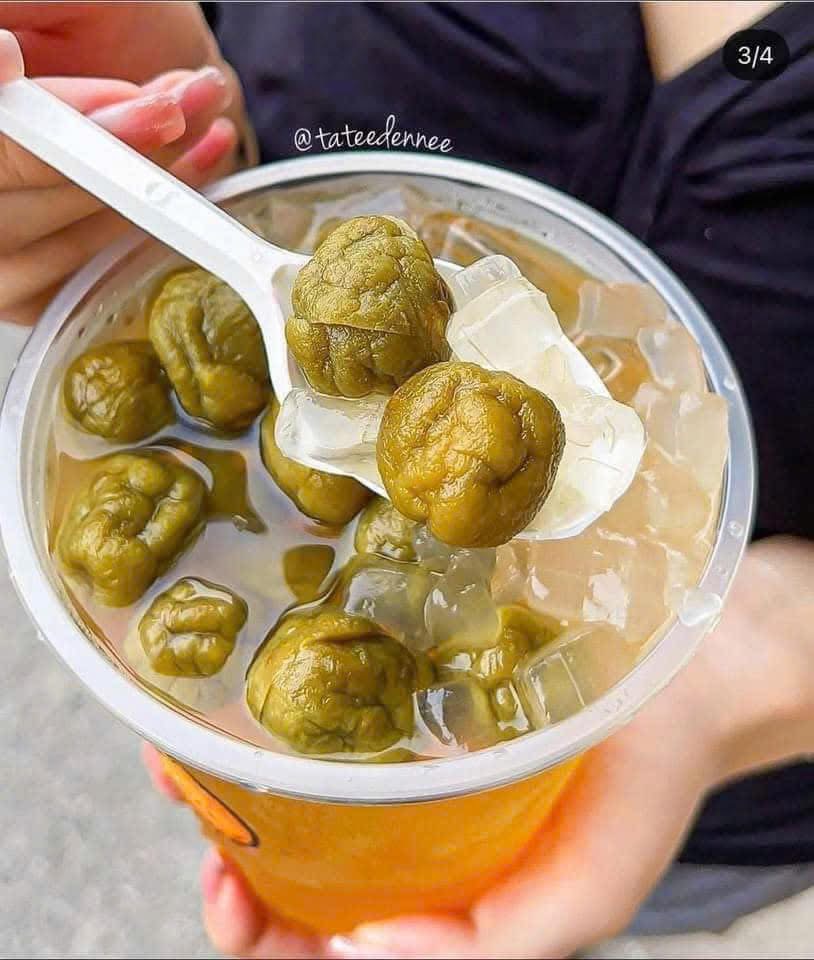
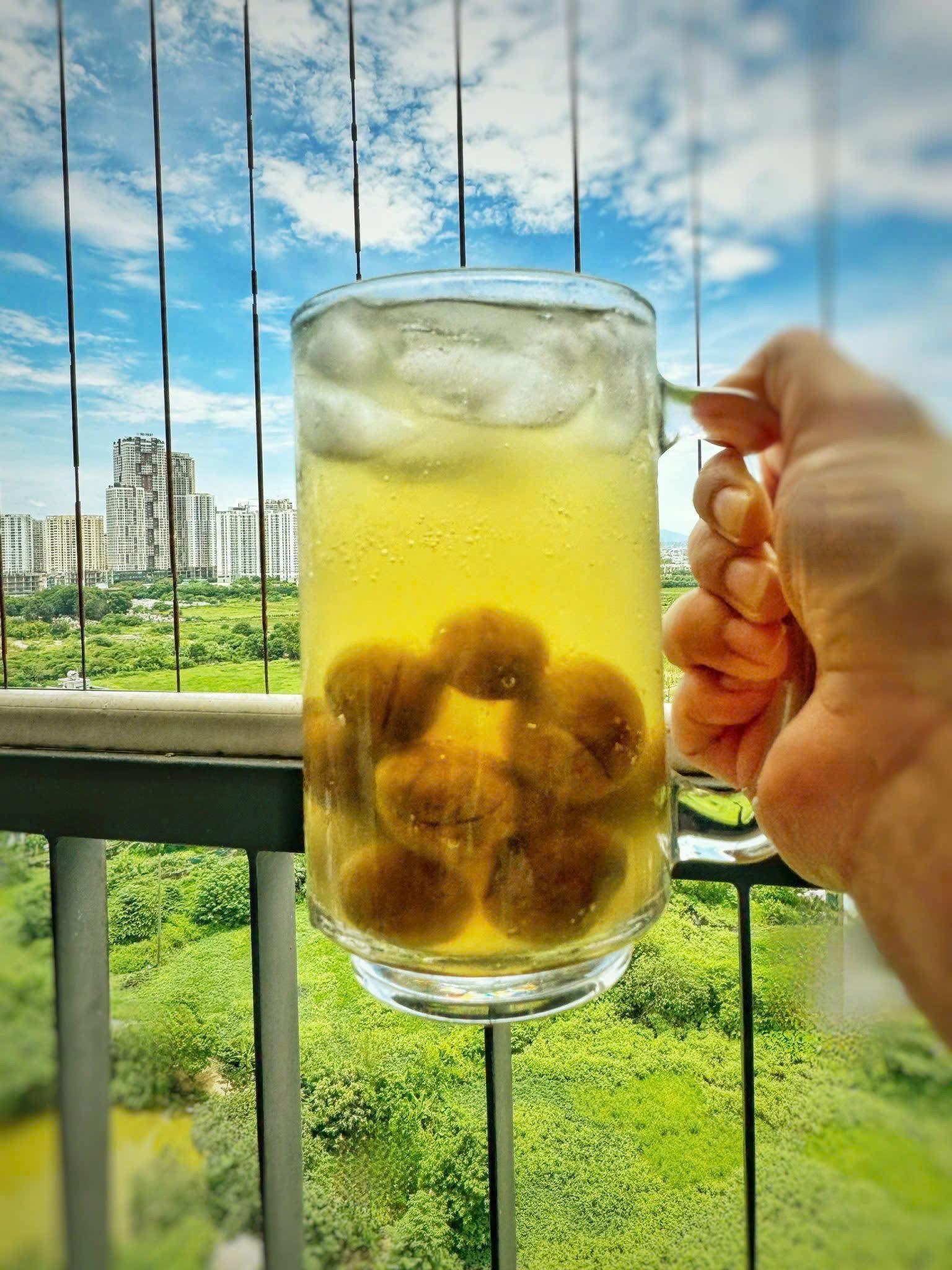
Sour fruit is typically in season from mid-summer to early autumn, so it’s not always available fresh. As a result, Hanoians have a tradition of pickling sour fruit to enjoy throughout the year. Jars of pickled sour fruit in syrup, sour fruit with ginger, or sour fruit jam remain beloved treats, especially for young people studying or working away from home.
Some cafes in Hanoi have given this drink a modern twist by adding soda, ginger, or herbal flavors. What used to be a simple drink now has a trendy, sophisticated taste that appeals to both Western tourists and Vietnamese youth. Some cafes even refer to it as the “Hanoi mocktail.”

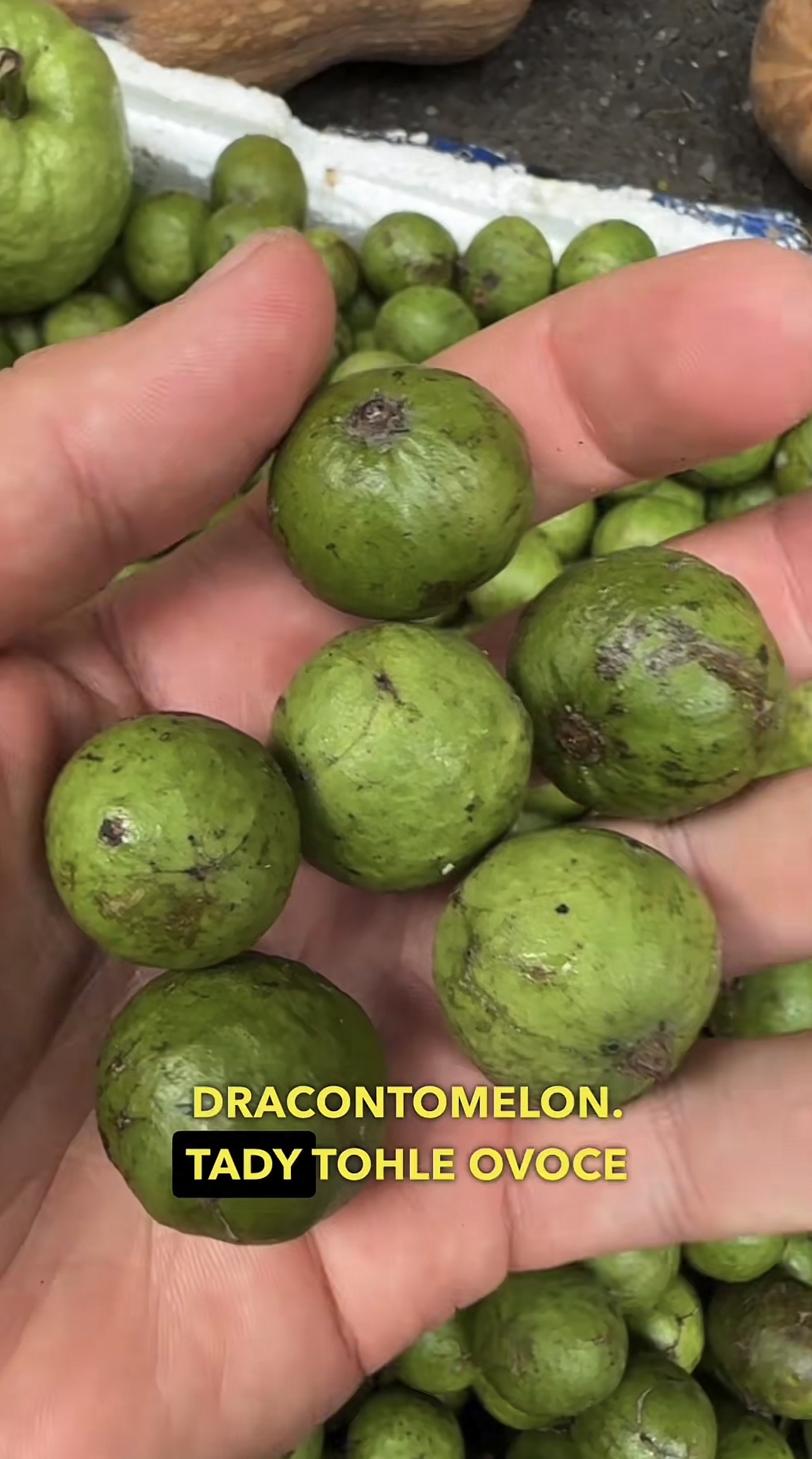
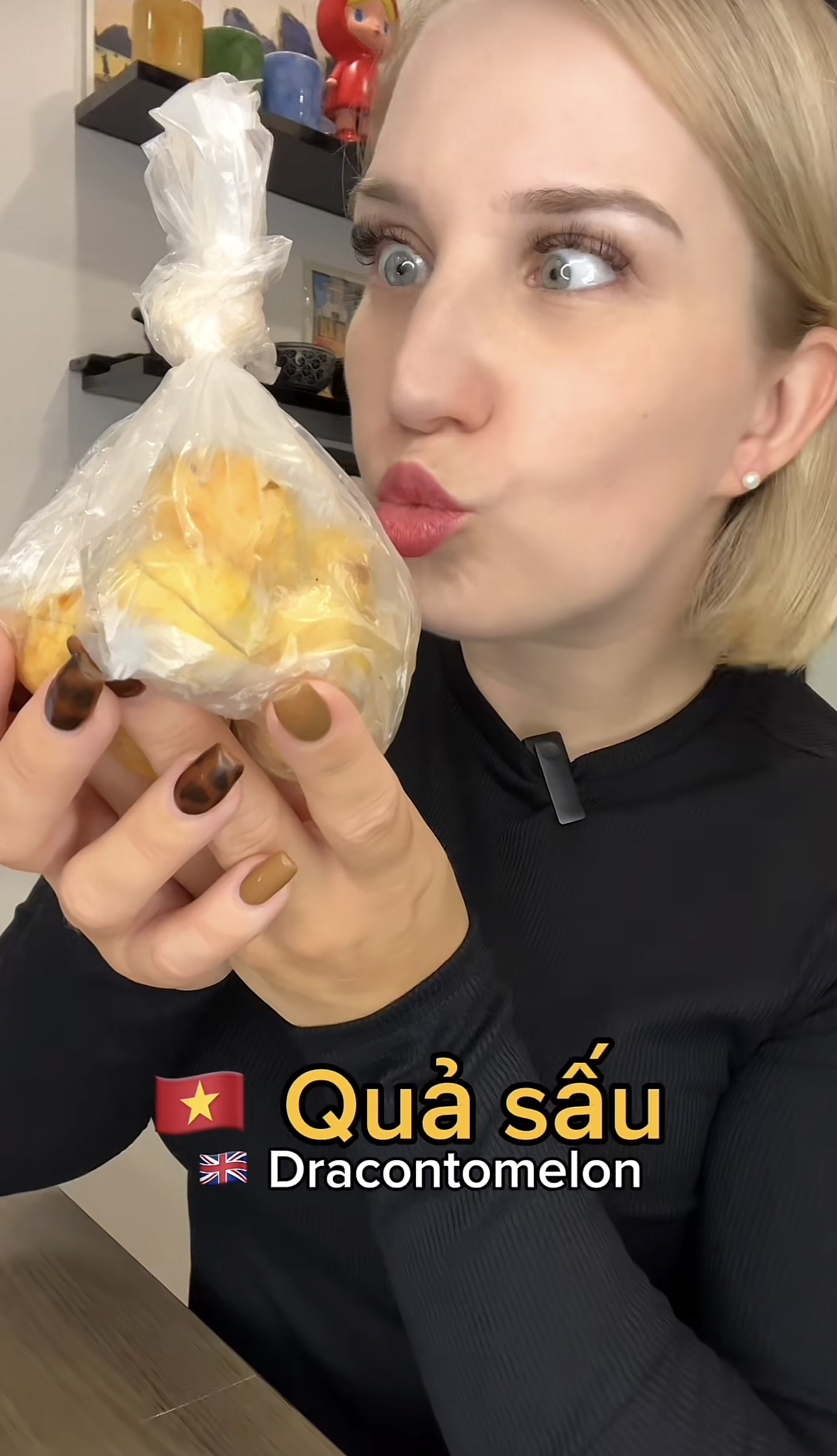

As someone once said, Hanoi is memorable not just for the early winter chill or the scent of young rice in the autumn wind, but also for a glass of cold sour fruit drink on a hot summer afternoon. It’s no wonder that many foreign visitors continue to seek out dried or pickled sour fruit even after they’ve left Vietnam. That subtle tangy taste lingers not just on the palate but also in the little memories that are uniquely theirs.
Why Does Vietnam Have Such Low Land Revenue Collection?
According to experts, boosting land-related revenues in local jurisdictions is key to increasing the budget. This includes revenues from land auctions, land use fees, enhanced land values through planning adjustments, and real estate transfer taxes.
The Capital Ha Noi: Shining Bright as the Country’s Top Revenue Generator, Poised to Become a ‘Superstar’ Post-Merger
In the nationwide ranking of budget revenues for the first four months of this year, Hanoi took the top spot with over VND 310 trillion. Ho Chi Minh City followed with more than VND 200 trillion, and Haiphong came in third with nearly VND 58 trillion. According to the list of 34 provinces and cities after the merger, some localities will see significant changes.

